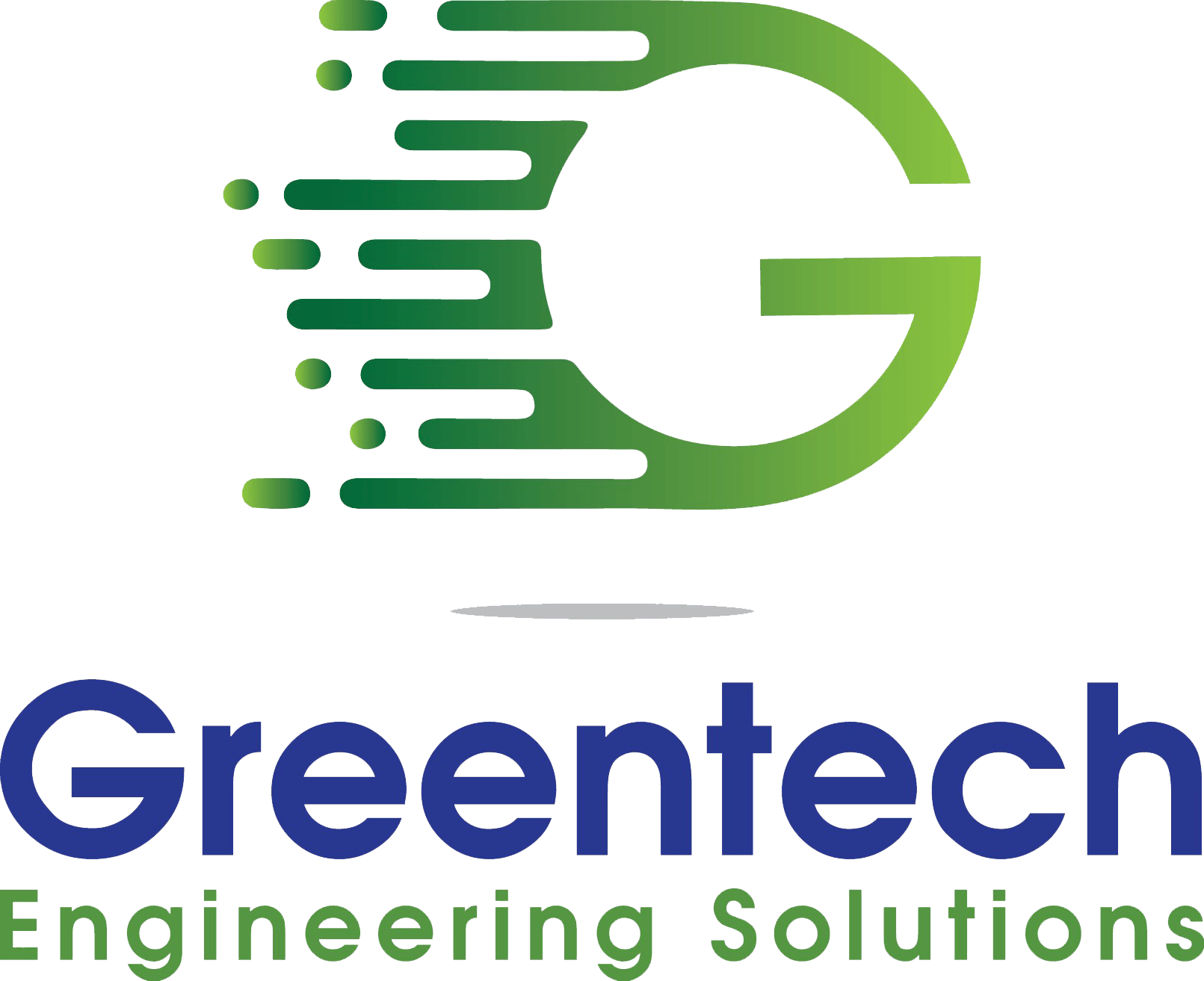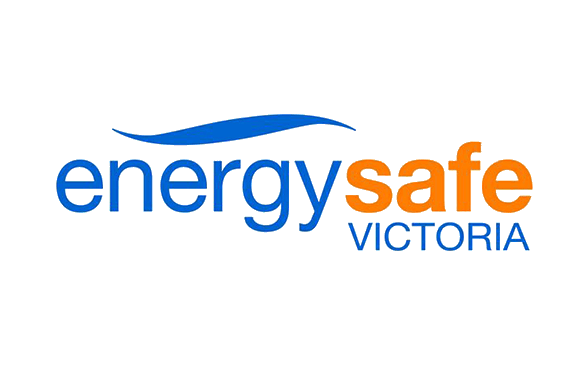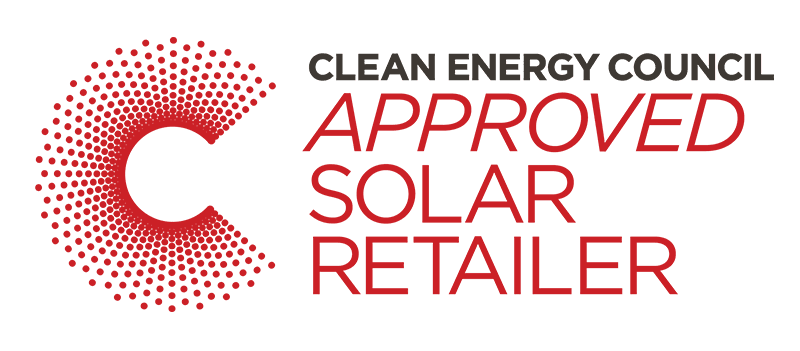Solar Rebates for Homes
Australia currently offers a wide range of incentives and rebates for households considering installing solar PV or solar battery systems in their residential properties. With these incentives, rebates, subsidies, and loans, homeowners can acquire and install a solar PV system or solar battery for their homes with lower upfront costs.
Household Solar Rebates State By State in
Australia
Victoria
Solar Victoria’s
Solar Homes Program offers rebates for the installation of solar panels and interest-free loans for the installation of solar batteries among Victorian homeowners with existing homes, homes under construction, and rental properties, helping them reduce their installation costs.
-
Solar Panel (PV) Rebate
To be eligible for a solar panel (PV) rebate, you must be:
- An owner and an occupier of an existing property
- An owner of a home under construction
- The annual household taxable income for all owners is less than $180,000 a year
- As an owner-occupier participating in the Solar Homes Program, you have not yet received a solar panel (PV) or solar battery rebate.
- Your property is an existing property under $3 million in value, or a home under construction that will be under $3 million in value at the time of completion.
- Your home address has not yet received a solar panel (PV) rebate or solar battery rebate under the Solar Homes Program.
- Your property has not previously had an existing solar PV system installed.
With this program, eligible homeowners will be qualified for:
- A rebate of up to $1,400 on the price of installing solar panels (PV). Homes that are still being built can still take advantage of the solar PV rebate.
- Interest-free loans made available for qualified households.
-
Solar Battery (PV) Interest-Free Loan
To be eligible for an interest-free solar battery loan, you must meet the following requirements:
- You are an owner-occupier of a property where the installation of the solar battery system will take place.
- The total annual taxable income of all owners in the household must not exceed $180,000.
- The property's value should be below $3 million.
- The property address has not been previously granted a solar battery rebate.
- The property has an existing solar panel system with an inverter capacity of 5kW or more, or you need to make arrangements to have one installed alongside the solar battery.
- The battery energy storage solution must have a capacity of 6kWh or higher and be listed on Solar Victoria's battery product list. Additionally, the property should not already have an existing energy storage system in place.
With this program, eligible homeowners will be qualified for:
- An interest-free loan of up to $8,800 for installing a solar battery in both existing homes and those under construction.
Battery storage may not be suitable for every home or circumstance. So before considering a battery storage, conduct a thorough research first to determine if this option aligns with your household's needs.

Slide title
Write your caption hereButton
Queensland
The Queensland state government does not currently offer financial incentives or rebates for either home battery storage systems or solar panels. The only solar incentive available is the Federal Government's Small-scale Technology Certificates (STCs).
The scheme works by providing small-scale technology certificates (STCs) to eligible households that installed solar panels in their residences.
These STCs can then be exchanged for Australian dollars, which will be taken off the price of your system. Depending on the system size you've selected, you're generally eligible for a certain number of certifications. In Queensland, a solar system can earn up to 12 certificates per kWH on average, with the total number of certificates per KW rising slightly for every additional KW the system produces.
Fortunately, due to Brisbane's sunny climate, residents are eligible for STCs of higher value. A 5kW system can save households up to $3,500, but you must have your system installed by a Clean Energy Council accredited installer to qualify for the refund.
New South Wales (NSW)
The NSW government currently offers affordable clean energy incentives for every solar system installed on your home.Through this program, the NSW government is able to assist low-income homeowners in lowering their electricity costs.
You may save up to $600 a year on your household electricity bills by going solar, which is a terrific way to lessen your environmental impact. The Low Income Household Rebate, which is $285 per year, is up to twice as much as that.

Slide title
Write your caption hereButton
To be eligible for this incentive, you must fulfil the following requirements:
- Low income households who currently receive the Low Income Household Rebate
- Households who agree not to receive the rebate for 10 years
- Household member who holds a valid Pensioner Concession Card or Department of Veterans’ Affairs Gold Card
- You are an owner and an occupier of an existing property
- Your home address has not yet received a solar PV system
With this program, eligible homeowners will be qualified for:
- a free 3 kilowatt solar system installed on your home
South Australia
Currently, there are no rebates and incentives offered for solar system installations in South Australia. In June 2022, the state of South Australia announced the Home Battery Scheme that promotes the participation of South Australian residents in the virtual power plant (VPP) program for both new and used home battery installations be discontinued. Significantly, this program offered loans and subsidies up to $6000 off a solar home battery in order to promote the installation of household solar batteries.
Solar Feed-In Payments
However, your solar photovoltaic (PV) system may be compensated for each kilowatt-hour (kWh) of excess electricity it exports to the power grid. There are two types of feed-in tariff:
Depending on when SA Power Networks granted authorisation to link the system to the primary electrical grid, you may be eligible for feed-in tariffs.
- Anyone with a solar PV system is eligible for the retailer feed-in tariff, which is a variable amount provided by merchants. Due to factors including market competitiveness and the wholesale price of electricity, it may alter often.
- Only qualifying solar PV systems that were connected to the grid before September 30, 2011, are eligible for the distributor feed-in tariff, also known as the solar feed-in program. This fixed sum (44 cents) is only offered for such installations.
Western Australia
The Commonwealth Government offers a financial incentive for the installation of renewable energy systems through the Small-scale Renewable Energy Scheme. Solar installers typically arrange the involvement of this program, so the consumer gets a discount on the purchase price up front.
The Small-scale Renewable Energy Scheme offers incentives to eligible small-scale renewable energy systems in the form of small-scale technology certificates, which can be sold to recover some of the costs incurred during the purchase and installation of the system.
Small-scale renewable systems which may be eligible for certificates include:
- solar photovoltaic (PV) panels
- wind turbines
- hydro systems
- solar water heaters, and
- air source heat pumps
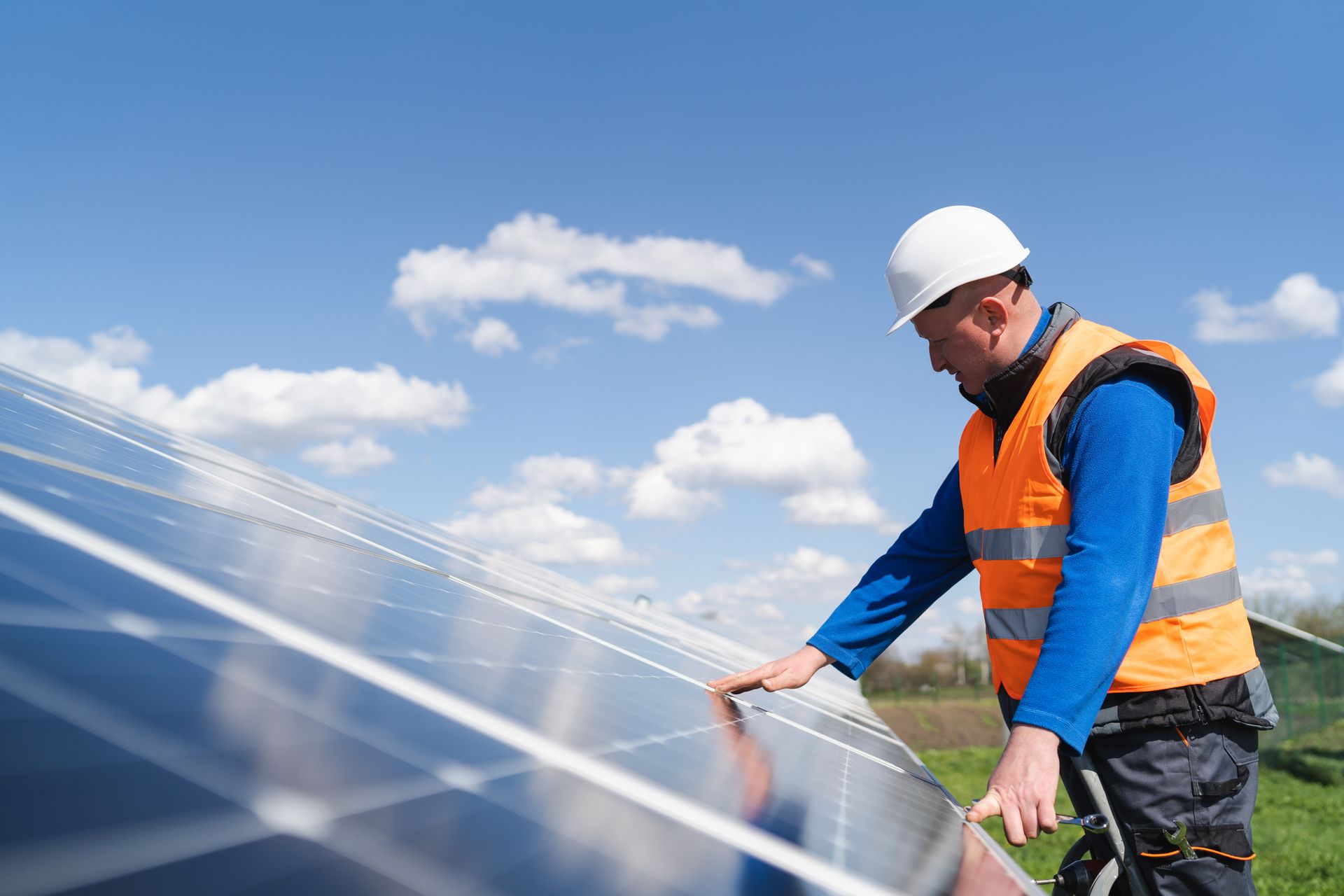
Slide title
Write your caption hereButton
Installing a renewable energy system such as solar panels (PV) offers three types of benefits to household customers:
- a one-time discount on the cost of your renewable energy system's purchase
- savings through reduced energy purchases from your supplier
- payments for extra electricity that your solar energy system puts into the electricity grid, often known as the energy buyback plan.
Australian Capital Territory (ACT)
The ACT government currently has the Next Generation Energy Storage program. However, the program has already reached its target of 5,000 batteries in Canberra homes and businesses – and is no longer accepting rebate applications.
Home Energy Support
But if you are considering installing energy-efficient equipment, starting from July 1, 2023, the Home Energy Support offers rebates of up to $5,000 for eligible households.
To be eligible for this scheme, you must be:
- A resident of the ACT
- An owner and resident of the home where the product will be installed.
- Holds an Australian Government Pensioner Concession Card, Department of Veterans' Affairs Gold Card, or Australian Government Health Care Card.
- Participated in a free online Everyday Climate Choices workshop so you can be guided in making informed decisions.
- Your property must have an Unimproved Value (UV) at or below the following thresholds:
- For freestanding homes, units, and dual occupancies, the UV should be $750,000 or lower at the time of application in any year from 2022.
- For unit titled freestanding properties, this is determined based on the unit entitlement percentage.
- For unit titled multi-story apartments, the UV should be $300,000 or lower in any year from 2022.
With this program, eligible homeowners will be qualified for:
- One rebate of 50% of the entire installation cost, up to a maximum rebate of $2,500 for rooftop solar
- One rebate of 50% of the entire installation cost, up to a maximum rebate of $2,500 for
- reverse cycle heating and cooling
- hot water heat pumps
- electric stove tops and ovens
- ceiling insulation
Sustainable Household Scheme
Starting July 1, 2023, eligible households can borrow up to $15,000 to improve their home’s energy efficiency through the Sustainable Household Scheme. This loan has a repayment period of up to 10 years with zero interest, upfront costs, or fees involved.
To be eligible for this scheme, you must be:
- A resident, homeowner, or community group in the ACT
- You must also meet the scheme's eligibility criteria and Brighte's lending criteria that includes a free one hour live workshop.
If you are eligible, you can use your loan to buy energy-efficient products such as:
- rooftop solar panels (restricted eligibility)
- household battery storage systems
- electric heating and cooling systems
- hot water heat pumps (HWHP)
- electric stove tops
- electric vehicles (cars)
- electric vehicle charging infrastructure
- ceiling insulation
- installation costs for these products.
Stand-alone homes (Non-unit titled properties)
- Properties with an unimproved value (UV) of $750,000 or less in 2022 qualify for all the products offered within the scheme, except for solar.
To be eligible for solar installations through the scheme:
- The unimproved value (UV) of your property in 2022 must be $450,000 or below.
Unit titled properties
- Units that have an unimproved value of $300,000 or less in 2022 will qualify for all the products offered within the scheme.
- For further information on eligibility, please refer to the Scheme Guidelines.
Home Energy Support Program (HESP)
The Health Care Card is now recognised as an eligible concession card. Individuals with Pensioner Concession Card, Department of Veterans' Affairs Gold Card, or Health Care Card are eligible for:
- A 50% rebate, capped at $2,500, for installing rooftop solar.
- Additionally, they can receive another 50% rebate, up to $2,500, for installing energy-efficient products. These incentives can be combined with a loan of up to $10,000.
- The unimproved value (UV) eligibility thresholds for both categories A and B in the HESP are set at or below $750,000 for non-unit properties and $300,000 for units in the year 2022.
To be eligible for a rebate starting July 1, 2023, you must fulfil the following requirements:
- your property's unimproved value (UV) must be $450,000 or less (for non-unit properties) in 2022, or
- you hold a Pensioner Concession Card, Department of Veterans' Affairs Gold Card, or Health Care Card with a UV of $750,000 or below (for non-unit properties) to qualify for the Home Energy Support Program.
Northern Territory
The Home and Business Battery Scheme is offered by the NT Government to assist homeowners in the Northern Territory (NT) wanting to buy and install solar batteries and inverters.
To be eligible for a rebate, you must be:
- a registered owner of a residential property in the Northern Territory
There can only be one application per residence and per homeowner, regardless of whether the property is utilised for personal use or as an investment.
Starting July 1, 2023, eligible homeowners will be qualified to receive:
- A $400 ($450 before) per kilowatt hour of usable battery system capacity, up to a maximum grant of $5,000 ($6,000 before).
If you are both a homeowner and a business owner, you can submit separate applications for a grant for your home and your business.
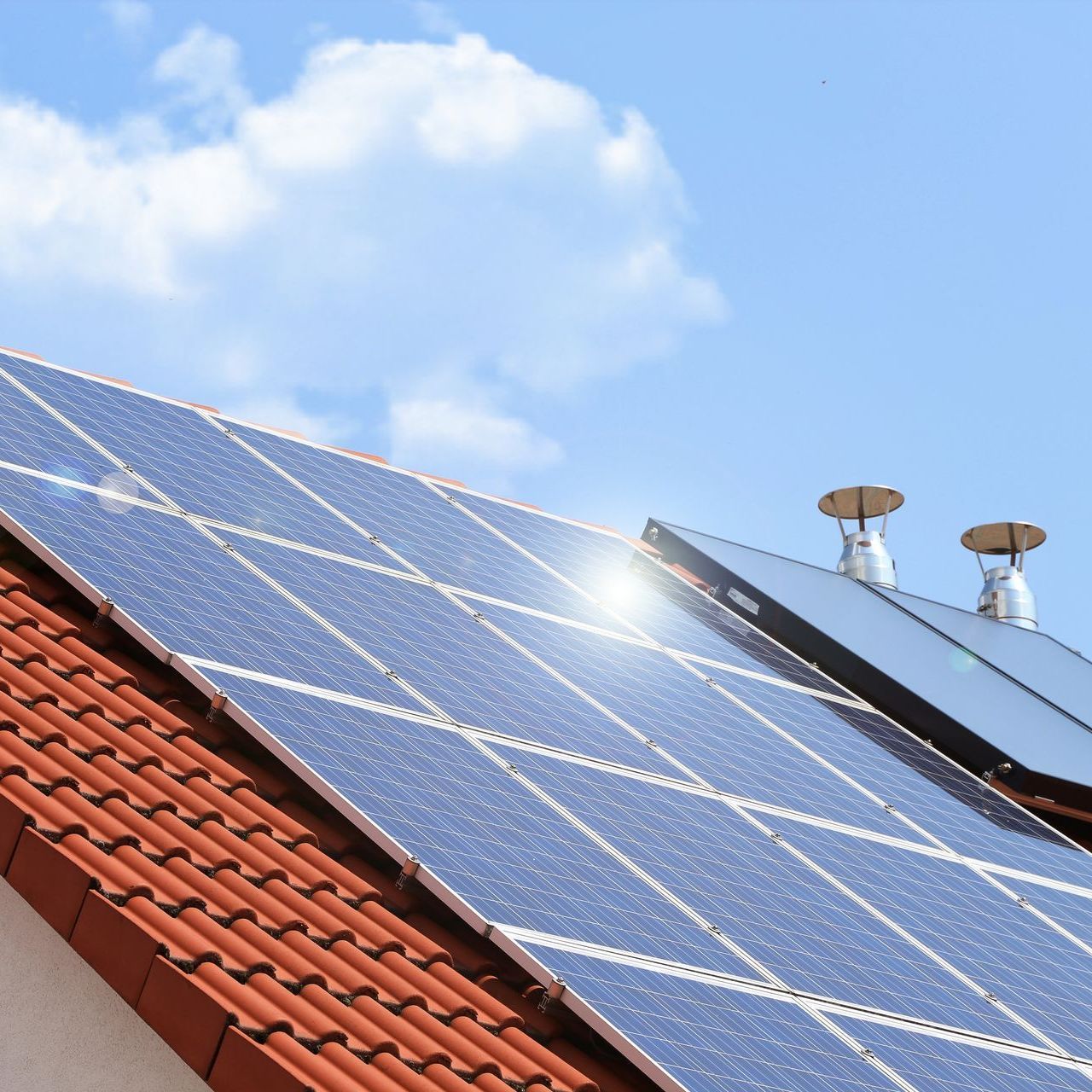
Slide title
Write your caption hereButton
Find out if solar energy battery storage is the best option for your home.
CALL 1300 811 031
Brands
All the best brands at very competitive prices!
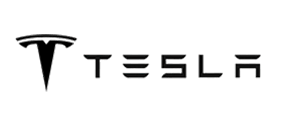
Slide title
Write your caption hereButton
Slide title
Write your caption hereButton
Slide title
Write your caption hereButton
Slide title
Write your caption hereButton
Slide title
Write your caption hereButton
Slide title
Write your caption hereButton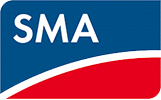
Slide title
Write your caption hereButton
Slide title
Write your caption hereButton
Slide title
Write your caption hereButton
Slide title
Write your caption hereButton
Slide title
Write your caption hereButton
Slide title
Write your caption hereButton
Slide title
Write your caption hereButton
Slide title
Write your caption hereButton
Slide title
Write your caption hereButton
Slide title
Write your caption hereButton

Slide title
Write your caption hereButton
Slide title
Write your caption hereButton
Slide title
Write your caption hereButton
Slide title
Write your caption hereButton
Slide title
Write your caption hereButton
Slide title
Write your caption hereButton
Slide title
Write your caption hereButton
Slide title
Write your caption hereButton
Slide title
Write your caption hereButton
Slide title
Write your caption hereButton
Slide title
Write your caption hereButton
Slide title
Write your caption hereButton
Slide title
Write your caption hereButton
Slide title
Write your caption hereButton
Slide title
Write your caption hereButton
Slide title
Write your caption hereButton

Slide title
Write your caption hereButton
Slide title
Write your caption hereButton
Slide title
Write your caption hereButton
Slide title
Write your caption hereButton
Slide title
Write your caption hereButton
Slide title
Write your caption hereButton
Slide title
Write your caption hereButton
Slide title
Write your caption hereButton
Slide title
Write your caption hereButton
Slide title
Write your caption hereButton
Slide title
Write your caption hereButton
Slide title
Write your caption hereButton
Slide title
Write your caption hereButton
Slide title
Write your caption hereButton
Slide title
Write your caption hereButton
Slide title
Write your caption hereButton

Slide title
Write your caption hereButton
Slide title
Write your caption hereButton
Slide title
Write your caption hereButton
Slide title
Write your caption hereButton
Slide title
Write your caption hereButton
Slide title
Write your caption hereButton
Slide title
Write your caption hereButton
Slide title
Write your caption hereButton
Slide title
Write your caption hereButton
Slide title
Write your caption hereButton
Slide title
Write your caption hereButton
Slide title
Write your caption hereButton
Slide title
Write your caption hereButton
Slide title
Write your caption hereButton
Slide title
Write your caption hereButton
Slide title
Write your caption hereButton

Slide title
Write your caption hereButton
Slide title
Write your caption hereButton
Slide title
Write your caption hereButton
Slide title
Write your caption hereButton
Slide title
Write your caption hereButton
Slide title
Write your caption hereButton
Slide title
Write your caption hereButton
Slide title
Write your caption hereButton
Slide title
Write your caption hereButton
Slide title
Write your caption hereButton
Slide title
Write your caption hereButton
Slide title
Write your caption hereButton
Slide title
Write your caption hereButton
Slide title
Write your caption hereButton
Slide title
Write your caption hereButton
Slide title
Write your caption hereButton
Greentech Engineering Solutions (GES) is your eco-friendly engineering service provider, offering quality products and solutions for clients Australia wide.
We're specialists in the design, supply, installation and maintenance of solar technologies. We install grid-connected and off-grid PV systems.
Address
Altona
Level 1/92 Railway St South,
Altona VIC 3022
